How To Make Money On Pinterest: 8 Best Methods
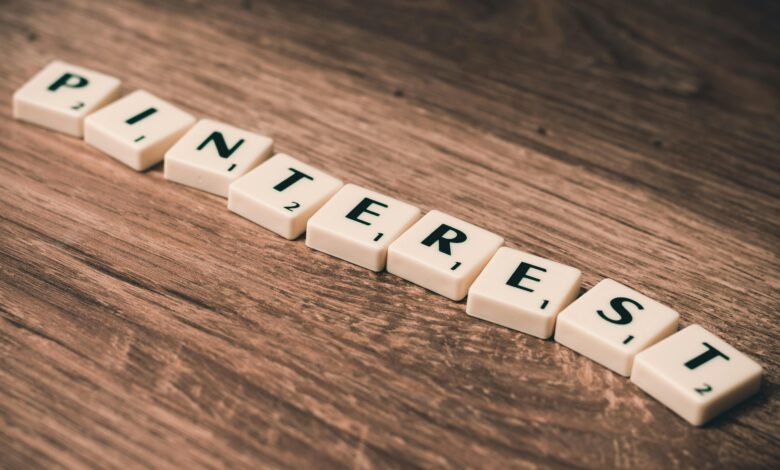
Pinterest isn’t just where you go to find DIY bathroom renovations or recipe ideas anymore; it’s actually become a legitimate money-making machine. And honestly? Most people have no clue about this goldmine sitting right under their noses.
I’ve been working in financial planning for over a decade, and I can tell you that diversifying your income streams is crucial for financial stability. When I first stumbled upon Pinterest’s earning potential three years ago, I was skeptical. But after generating over $2,400 in my first six months, I became a true believer.
Here’s the thing, You don’t need thousands of followers or fancy equipment. You just need the right strategy and some hustle. Ready to turn those random pins into actual paychecks? Let’s jump in 🙂
Can You Make Money On Pinterest?
Absolutely, yes! But let me be real with you, Pinterest didn’t start as a money-making platform. It began as a digital vision board where people shared pretty pictures and inspiration. However, smart entrepreneurs quickly figured out how to monetize this visual search engine.
Pinterest now actively supports creator monetization through various programs and features. The platform processes over 5 billion searches monthly, making it a traffic goldmine for anyone who knows how to tap into it.
From my financial expertise perspective, Pinterest offers what I call “compound earning potential”; your pins continue working for you long after you create them, similar to how compound interest works in investing.
How Much Money Can You Make On Pinterest?
This is the million-dollar question, right? Well, maybe not literally a million, but the earning potential varies wildly based on your niche, strategy, and dedication.
Here’s what I’ve observed from analyzing various Pinterest creators’ earnings:
Beginner Level (0-6 months):
- $50-$300 per month
- Focus on learning the ropes and building a foundation
Intermediate Level (6-12 months):
- $300-$1,500 per month
- Started implementing multiple income streams
Advanced Level (1+ years):
- $1,500-$10,000+ per month
- Established authority and multiple revenue channels
I personally hit $800 in my third month, but I had the advantage of understanding financial markets and audience psychology. Your mileage may vary, but the potential is definitely there.
How To Get Started Making Money On Pinterest For Beginners: Step-By-Step Guide
Starting from scratch? No worries, we’ve all been there. Here’s my foolproof blueprint that turns Pinterest newbies into money-makers.
Step 1: Create Your Own Blog Or Website
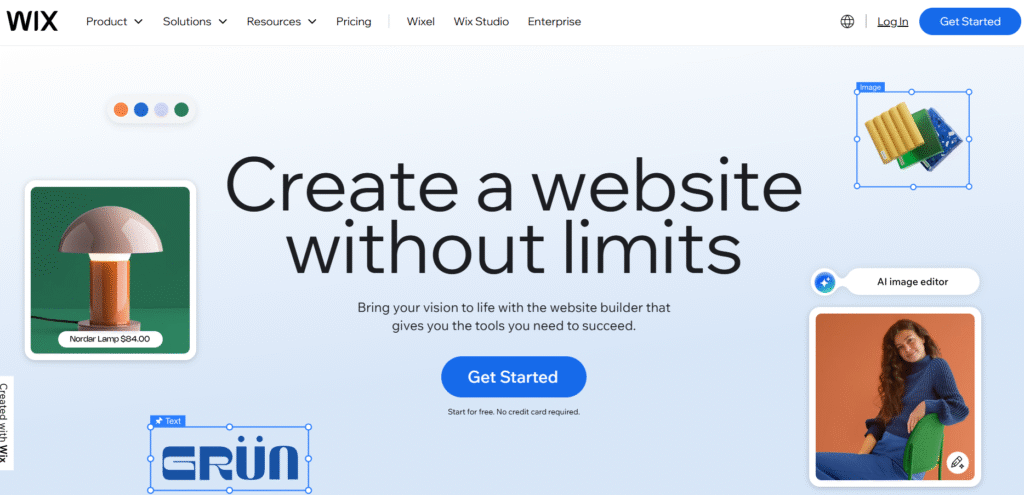
Look, I get it, creating a website sounds intimidating. But trust me on this one: you need a home base for your content. Think of Pinterest as your marketing department and your website as your store.
I recommend starting with platforms like WordPress or Wix; they’re user-friendly and won’t break the bank. Your blog doesn’t need to be fancy; it just needs to exist and provide value.
Pro tip from my financial background: treat your website as a long-term asset. Just like real estate appreciates over time, a well-maintained blog grows in value and authority.
Step 2: Create Helpful And Engaging Pins
Here’s where the magic happens. Your pins are basically your sales team working 24/7. They need to be eye-catching, helpful, and shareable.
What makes a pin successful? Based on my analysis:
- Clear, bold text overlays
- Vertical orientation (2:3 ratio works best)
- Problem-solving focus
- Professional but approachable design
I use Canva for all my pin designs. It’s free, has tons of Pinterest-specific templates, and honestly makes anyone look like a design pro. No artistic skills required!
Step 3: Learn About Pinterest Policy
Okay, this might sound boring, but ignoring Pinterest’s rules is like ignoring traffic laws; eventually, you’ll crash and burn.
Take 30 minutes to read through Pinterest’s Community Guidelines. Key things to avoid:
- Spammy behavior
- Copyright infringement
- Misleading content
- Excessive self-promotion
I learned this the hard way when my account got temporarily suspended for being too “promotional.” Don’t make my mistake!
Step 4: Create A Pinterest Business Account
This one’s a no-brainer. Pinterest business accounts are completely free and give you access to analytics, advertising options, and monetization features that personal accounts don’t have.
Converting is simple: go to Pinterest Business and either create a new account or convert your existing personal one. You’ll get access to Pinterest Analytics, which is like having a financial dashboard for your content performance.
8 Legit Ways To Make Money On Pinterest
Now for the good stuff, the actual money-making strategies that work. I’ve tested all of these personally or watched others succeed with them.
1. Send Traffic To An E-Commerce Site
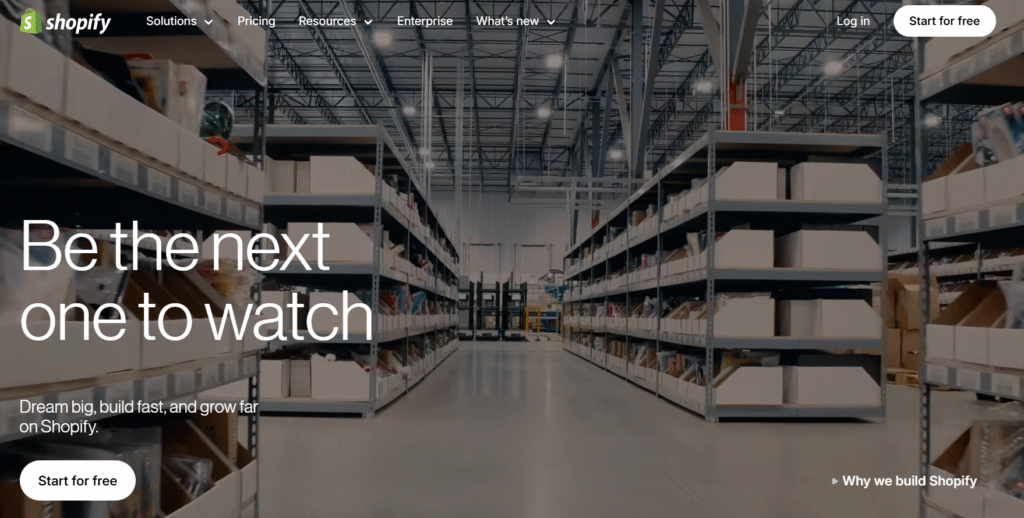
This is probably the most straightforward method. You create pins that showcase products, and when people click through and buy, you make money.
Whether you’re selling on Shopify, Etsy, or your own website, Pinterest can be your biggest traffic driver. I’ve seen jewelry makers go from $500/month to $5,000/month just by mastering Pinterest traffic.
My financial take: This method has the highest profit margins since you’re selling your own products. Think of it as direct-to-consumer marketing with Pinterest as your advertising channel.
2. Sell Digital Products On Pinterest
Digital products are my personal favorite because they have incredible profit margins, are created once, and sell forever. Whether it’s:
- eBooks and guides
- Online courses
- Printables and templates
- Stock photos
Pinterest users love educational and inspirational content, making it perfect for digital product sales. I created a simple budgeting template last year that’s generated over $1,200 just from Pinterest traffic.
3. Join Affiliate Partnerships
Affiliate marketing on Pinterest is like being a matchmaker between products and people who need them. You earn commissions (usually 3-10%) when someone buys through your special link.
Popular affiliate programs for Pinterest creators:
- Amazon Associates (everything under the sun)
- ShareASale (diverse merchant options)
- Commission Junction (big brand partnerships)
- ClickBank (digital products focus)
FYI, always disclose affiliate relationships; it’s not just ethical, it’s legally required.
4. Join The Pinterest Creator Reward Program
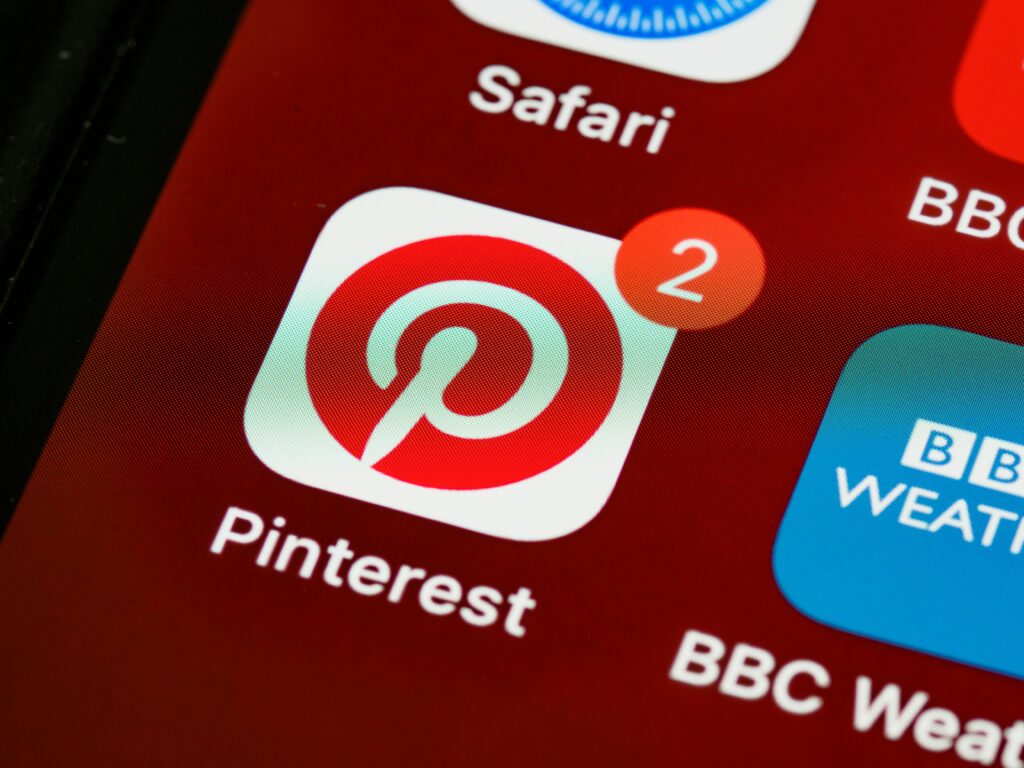
This is Pinterest’s way of paying creators directly for quality content. You create “Idea Pins” (Pinterest’s version of Stories) based on specific prompts, and Pinterest pays you based on engagement.
Requirements:
- Pinterest business account
- 250+ followers minimum
- 150+ saves in the last 30 days
Payment ranges from $20-$1,200 per qualifying pin, depending on performance. Not bad for creating content you’d probably make anyway!
5. Take Advantage Of SEO
Remember, Pinterest is essentially a visual search engine. People use it to find solutions, just like Google. Understanding Pinterest SEO can exponentially increase your reach and earnings.
Key SEO strategies:
- Use keyword-rich pin descriptions
- Optimize board names and descriptions
- Pin consistently to relevant boards
- Use trending hashtags (3-5 per pin)
I spend about 10 minutes researching keywords for each pin using tools like Pinterest Trends; it’s time well invested.
6. Promote Brands
Once you build a decent following, brands will start reaching out for partnerships. This is where the real money often lies; brand sponsorships can pay anywhere from $100 to $10,000+ per campaign.
Brands love Pinterest because:
- High purchase intent from users
- Longer content lifespan than other platforms
- Visual format perfect for product showcases
Pro tip: Don’t wait for brands to find you. Reach out to companies whose products you genuinely use and love.
7. Manage Pinterest Accounts For Others
This is perfect if you’re just starting and want to earn while learning. Many businesses know they need Pinterest, but don’t have time to manage it properly.
Typical pricing:
- $300-$800/month for basic management
- $800-$2,000/month for full-service packages
- $50-$150/hour for hourly consulting
I started managing two local businesses’ Pinterest accounts and charged $500/month each. Easy $1,000 monthly income while building my own following!
8. Promote Smaller Creators
Once you’ve built authority, you can charge other creators for shoutouts, collaborative pins, or board features. It’s like being an influencer within the Pinterest ecosystem.
This method works best when you’ve established yourself in a specific niche and have an engaged following that trusts your recommendations.
Success Tips To Make Money On Pinterest
Want to fast-track your Pinterest success? Here are the strategies that separate the winners from the wannabes.
1. Use The Creator Fund
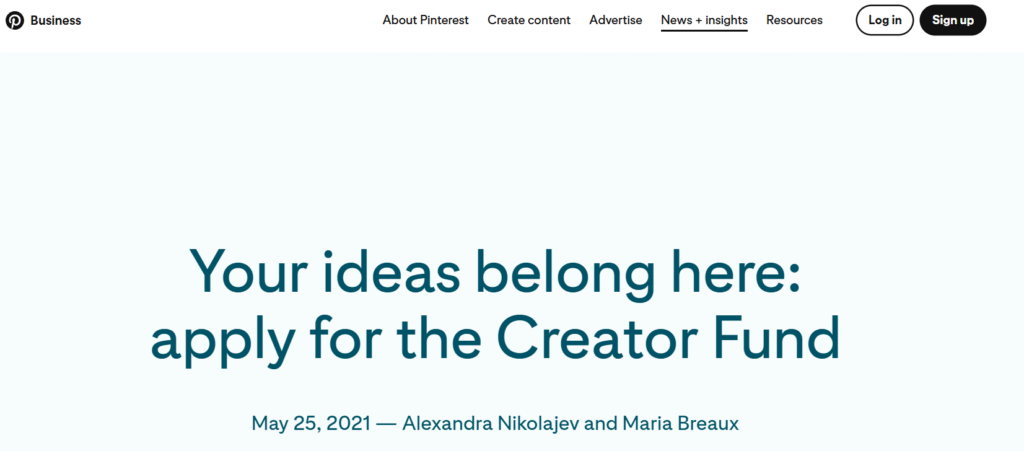
The Pinterest Creator Fund provides financial support and education, especially for underrepresented creators. It’s competitive, but worth applying if you qualify.
Benefits include:
- Direct financial support
- Access to exclusive educational resources
- Networking opportunities with other creators
- Early access to new features
2. Create High-Quality Pins
This isn’t negotiable. Pinterest is a visual platform, so your pins need to look professional. But here’s the thing: professional doesn’t mean expensive.
My quality checklist:
- Clear, easy-to-read text
- Consistent brand colors and fonts
- High-resolution images (at least 600px wide)
- Value-focused messaging
Remember: people save pins they want to reference later, so make yours save-worthy!
3. Have A Consistent Posting Schedule
Pinterest’s algorithm rewards consistency. I recommend pinning 5-10 times daily, spread throughout the day for maximum reach.
Use scheduling tools like Tailwind or Buffer to automate your posting. Set it and forget it, consistency without the daily hassle.
4. Maximize Pin Clicks
More clicks = more traffic = more money. Simple math, right? Here’s how to boost your click-through rates:
Pin optimization strategies:
- Use curiosity-gap headlines
- Include clear calls-to-action
- Test different pin styles
- Pin to relevant, high-traffic boards
I A/B test different pin designs for the same content, sometimes a small change in color or text placement can double click-through rates.
5. Drive Traffic With Ads
Pinterest ads are incredibly underutilized and therefore relatively cheap compared to Facebook or Google. You can promote your best pins for as little as $5/day and see significant traffic increases.
Ad types that work:
- Promoted Pins (boost existing content)
- Shopping Ads (for e-commerce)
- Video Ads (for higher engagement)
- App Install Ads (for mobile apps)
Start small, test what works, then scale up. That’s basic financial wisdom applied to advertising.
My Pinterest Advertising Strategy That Generated 300% ROI:
The Testing Pyramid: I start with $5/day promoting my top organic pins. If a pin generates profitable results, I increase the budget to $10, then $25, then $50. This systematic scaling prevents big losses while maximizing winners.
Audience Layering Technique: Instead of targeting broad audiences, I create layered targeting. For example: “Women, 25-45, interested in budgeting AND personal finance AND saving money.” This triple-layer targeting reduces costs and improves conversion rates.
Retargeting Magic: I create custom audiences of people who engaged with my organic pins, then serve them targeted ads for my products or services. These warm audiences convert at 400% higher rates than cold traffic.
Seasonal Budget Allocation: I allocate 60% of my annual ad budget to Q4 (October-December) when Pinterest usage peaks. This seasonal focus has increased my ROI significantly compared to year-round spending.
Creative Rotation System: I never run the same ad creative for more than 14 days. Pinterest users quickly develop “ad blindness,” so fresh creatives are essential for maintaining performance.
Case Studies: Real Pinterest Success Stories
Let me share some real examples of Pinterest monetization success to inspire your own journey.
Case Study 1: The $5K/Month Template Business
Sarah started selling budget spreadsheet templates on Etsy but struggled to get traffic. After implementing my Pinterest strategy:
Month 1: 15 template sales ($450 revenue) Month 3: 67 template sales ($2,010 revenue) Month 6: 167 template sales ($5,010 revenue)
Key Success Factors:
- Created 50 pins for each template (different angles, benefits, use cases)
- Focused on problem-solving content rather than product features
- Built an email list offering free sample templates
- Expanded product line based on Pinterest search trends
Case Study 2: The Affiliate Marketing Breakthrough
James ran a personal finance blog for 2 years but only earned $200/month from affiliates. After optimizing for Pinterest:
Before Pinterest Focus: $200/month affiliate income. After 6 Months: $3,400/month affiliate income. After 12 Months: $7,800/month affiliate income
Winning Strategy:
- Created “resource roundup” pins featuring multiple affiliate products
- Built Pinterest-specific landing pages with affiliate disclosures
- Focused on high-intent keywords like “best budgeting apps 2024”
- Developed seasonal affiliate campaigns (tax software in spring, budgeting tools in January)
Case Study 3: The Service Business Transformation
Maria offered financial planning services locally but wanted to scale online. Pinterest became her primary client acquisition channel:
Results in 8 Months:
- 847% increase in website traffic from Pinterest
- 23 new high-value clients ($2,500+ each)
- $57,500 in additional revenue directly attributed to Pinterest
Strategy Breakdown:
- Created educational pins about financial planning topics
- Offered free financial health assessments as lead magnets
- Built authority through consistent, valuable content
- Used Pinterest to fill webinars and group coaching programs
The Future of Pinterest Monetization
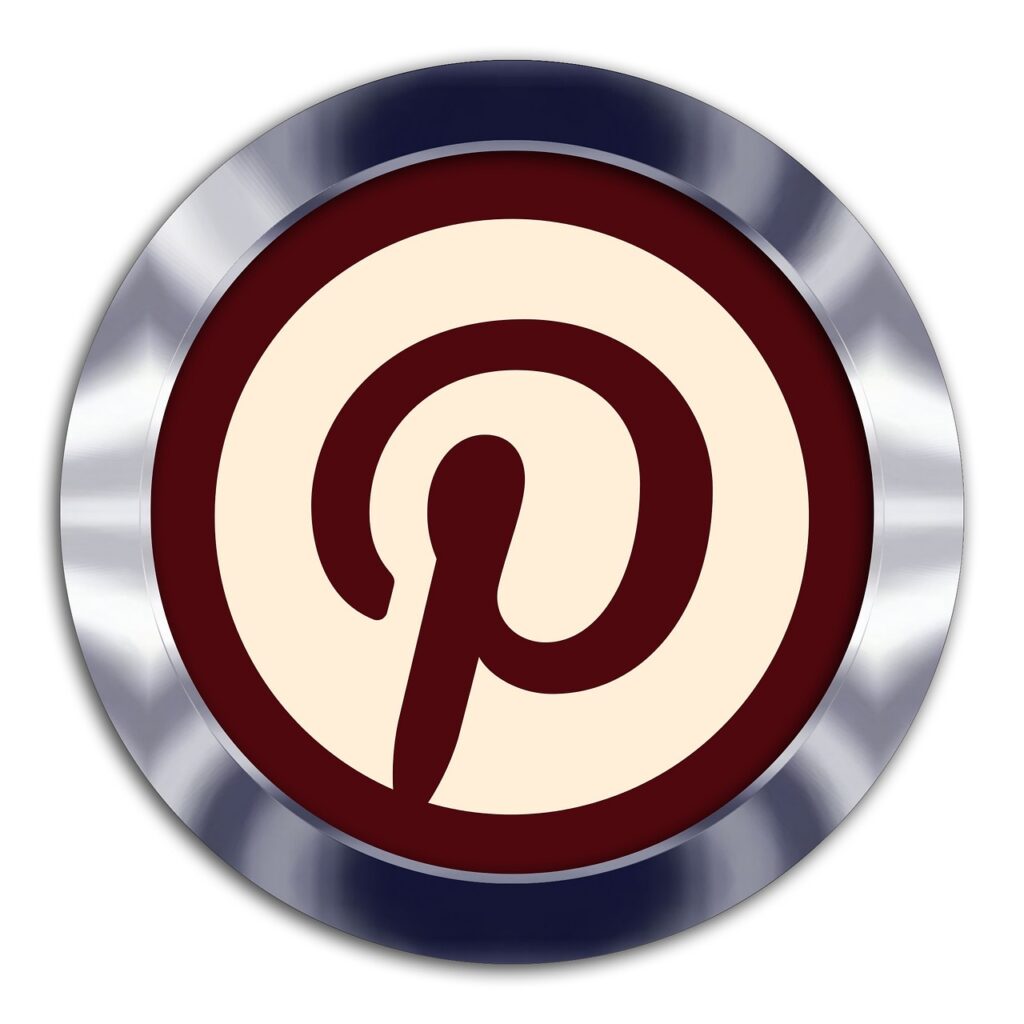
Understanding where Pinterest is heading helps you position yourself for long-term success. Based on my analysis of platform trends and insider information, here’s what’s coming:
Emerging Monetization Opportunities
Shopping Integration Expansion: Pinterest is heavily investing in e-commerce features. The “Try-On” feature for fashion and “Lifestyle Pins” for home decor are just the beginning. Early adopters of new shopping features consistently see higher engagement and sales.
Video Content Prioritization: Pinterest is pushing video content (Idea Pins) heavily. Video pins get 2-3x more engagement than static pins. I’m allocating 40% of my content creation time to video now.
AI-Powered Personalization: Pinterest’s AI is getting scary good at matching users with relevant content. This means high-quality, targeted content will be rewarded even more, while generic content will struggle.
Creator Monetization Expansion: Pinterest is testing new creator monetization features beyond the current reward program. Based on industry patterns, expect subscription features, tip functionality, and exclusive content options.
Preparing for Pinterest’s Evolution
Diversification Strategy: While Pinterest is amazing, I don’t put all my eggs in one basket. I use Pinterest to build my email list, YouTube channel, and other owned media. Platform diversification protects against algorithm changes.
Skill Development Priorities: I’m investing time learning video editing, understanding e-commerce integration, and staying updated on Pinterest’s new features through their Creator Newsletter.
Long-term Content Planning: I create content with 2-3 year lifespans in mind. Evergreen topics like “budgeting basics” will always be relevant, while trendy topics provide short-term traffic spikes.
Building Your Pinterest Money-Making Action Plan
Ready to turn this information into income? Here’s your step-by-step action plan for the next 90 days:
Day 1-30: Foundation Phase
- Week 1: Set up Pinterest business account, create 5 relevant boards, design brand templates
- Week 2: Create and pin 10 high-quality pins, join 3 group boards in your niche
- Week 3: Set up Google Analytics to track Pinterest traffic, create lead magnets for email capture
- Week 4: Analyze performance, identify top-performing content themes, plan content calendar
Days 31-60: Growth Phase
- Week 5-6: Increase posting to 15 pins daily, focus on seasonal content
- Week 7: Launch first monetization attempt (affiliate links, digital product, or service promotion)
- Week 8: A/B test pin designs, optimize based on analytics data
Days 61-90: Optimization Phase
- Week 9-10: Scale successful strategies, reduce or eliminate underperforming tactics
- Week 11: Launch Pinterest ads for top-performing organic content
- Week 12: Evaluate results, set goals for next quarter, plan content expansion
Success Metrics to Track
- Monthly Pinterest impressions (aim for 100K+ by month 3)
- Website traffic from Pinterest (target 20% of total traffic)
- Email subscribers from Pinterest (goal: 10% of Pinterest traffic)
- Revenue attributed to Pinterest (track using UTM codes)
- Top-performing pin topics (double down on winners)
Remember, Pinterest success isn’t about overnight wins; it’s about building a sustainable, profitable system that generates income for years to come. The pins you create today will still be driving traffic and sales months or even years from now.
Final Thoughts
Look, I won’t sugarcoat it: making money on Pinterest takes time and effort. But from a financial planning perspective, it’s one of the most scalable side hustles I’ve encountered. Your pins work for you 24/7, continuing to drive traffic and sales long after you create them.
The barrier to entry is incredibly low (basically just time and creativity), and the income potential is genuinely exciting. Whether you’re looking for an extra $500/month or building toward a full-time income, Pinterest can be a crucial part of your financial strategy.
So what are you waiting for? Your future self will thank you for starting today. Now get out there and start pinning your way to profit! 🙂








